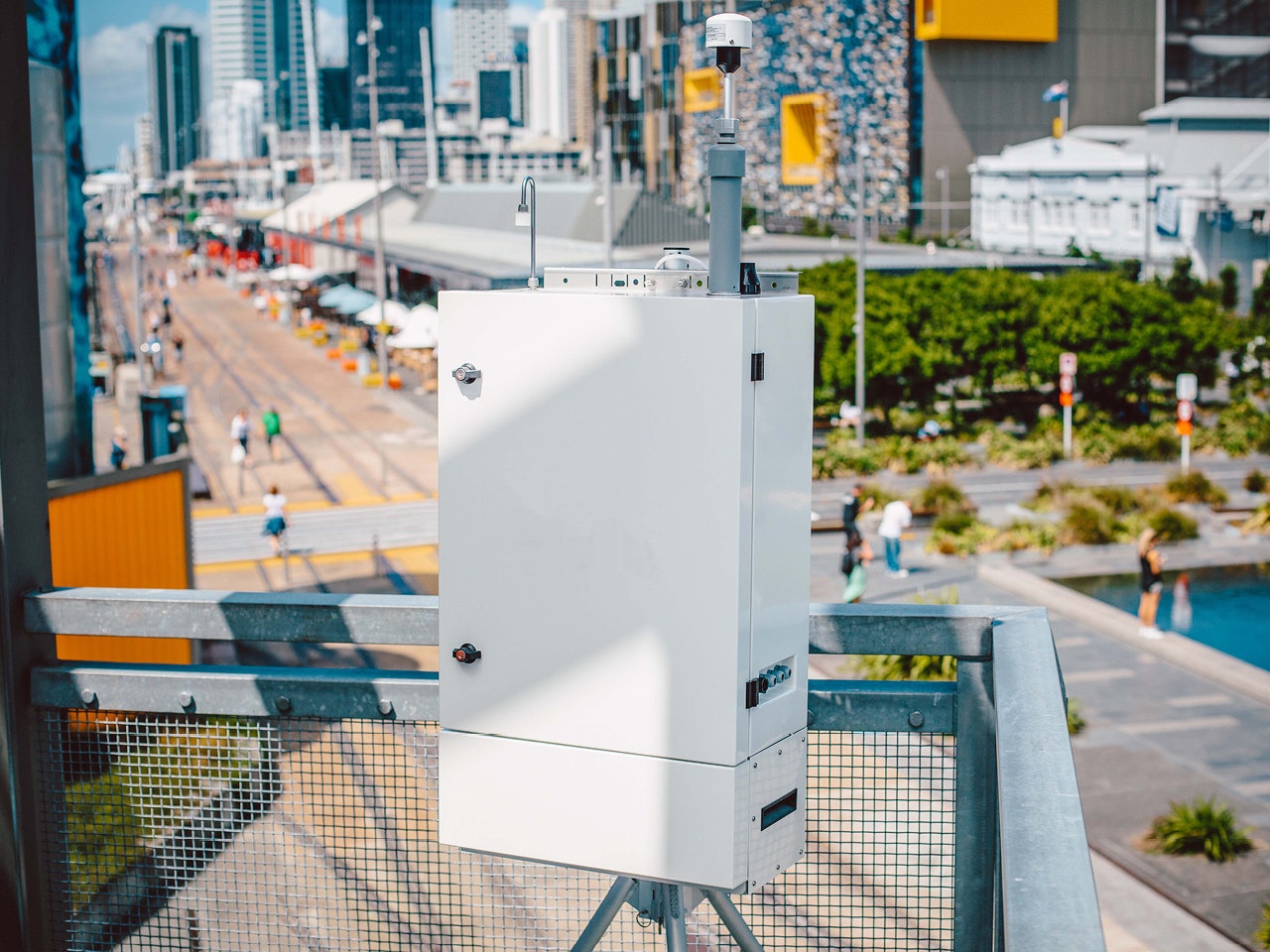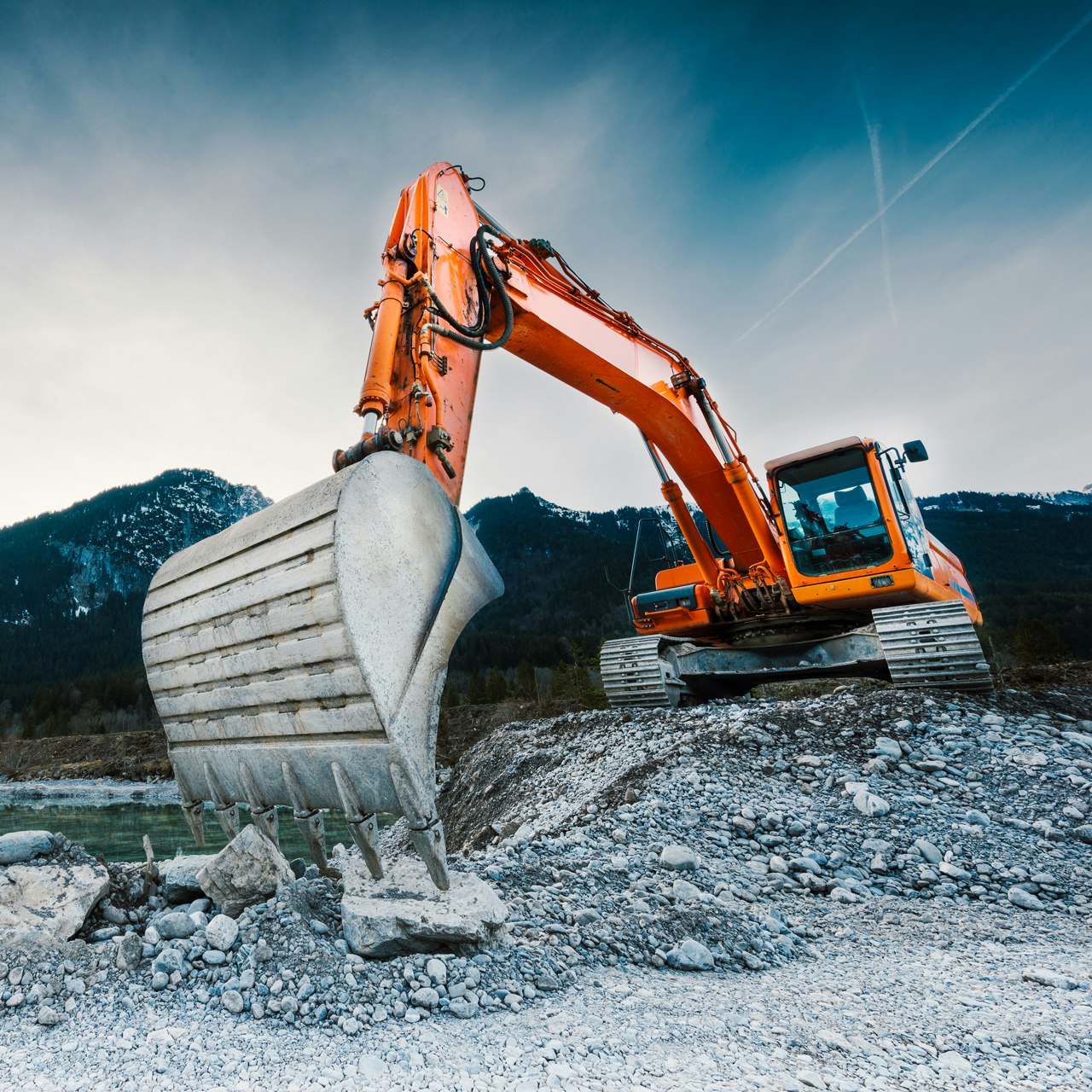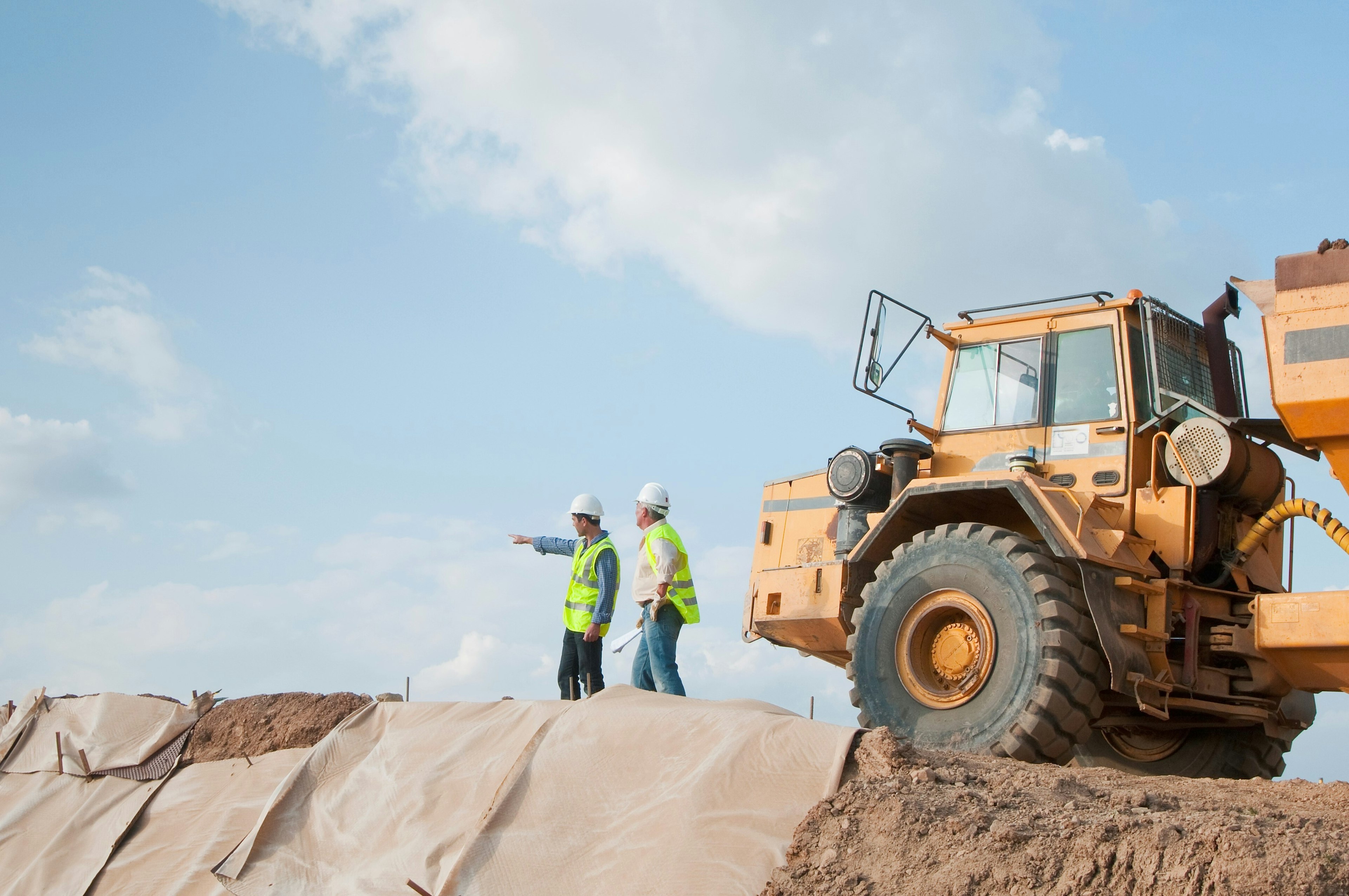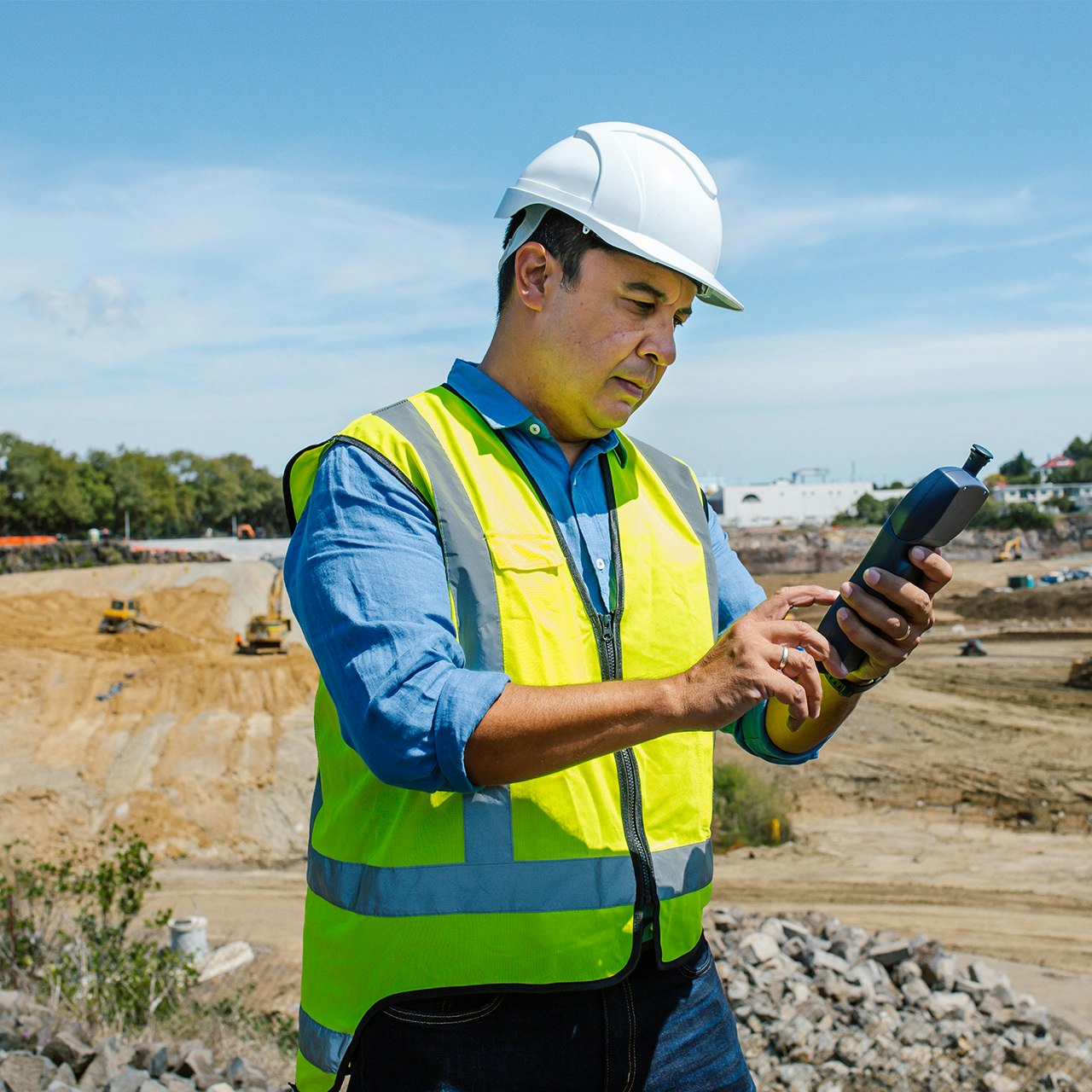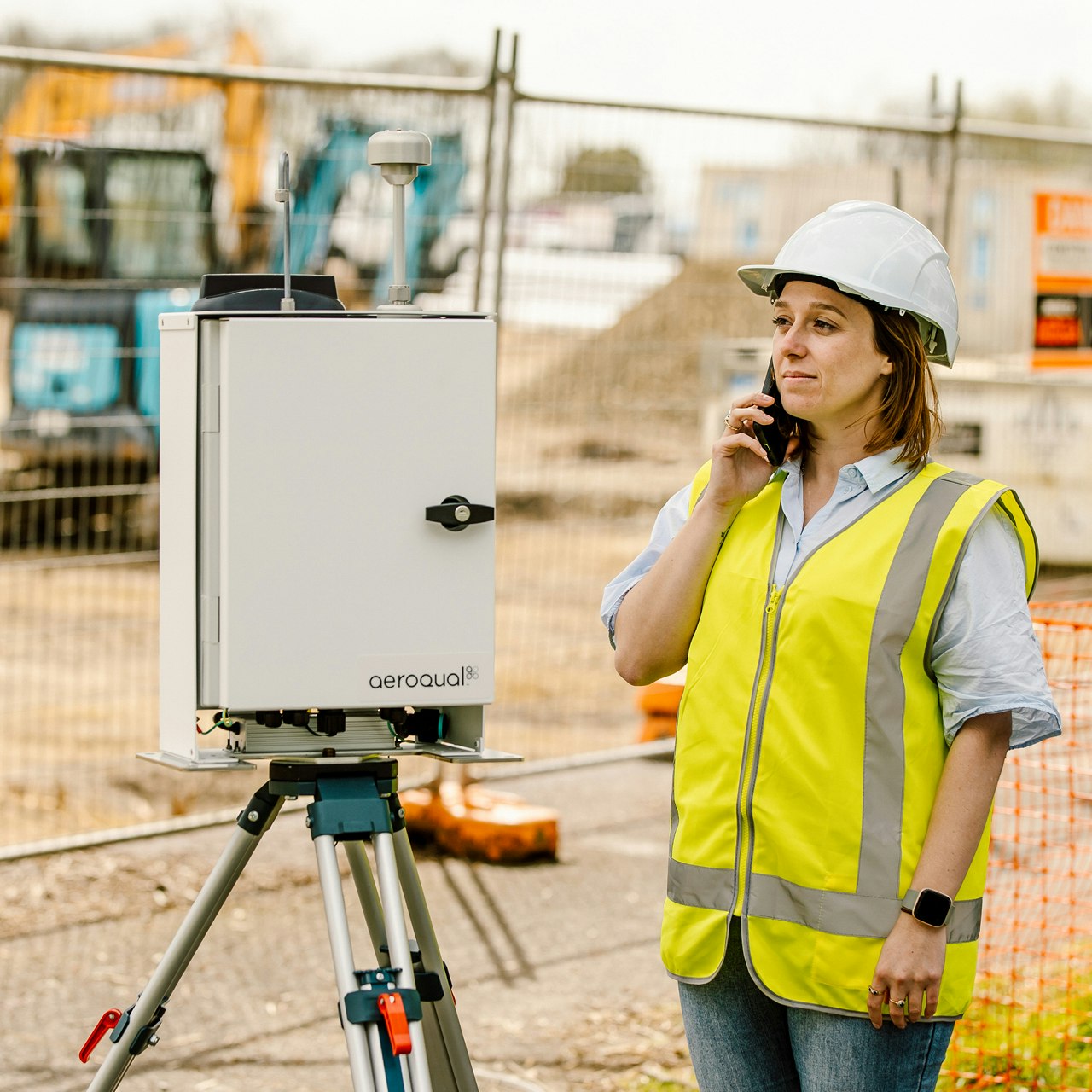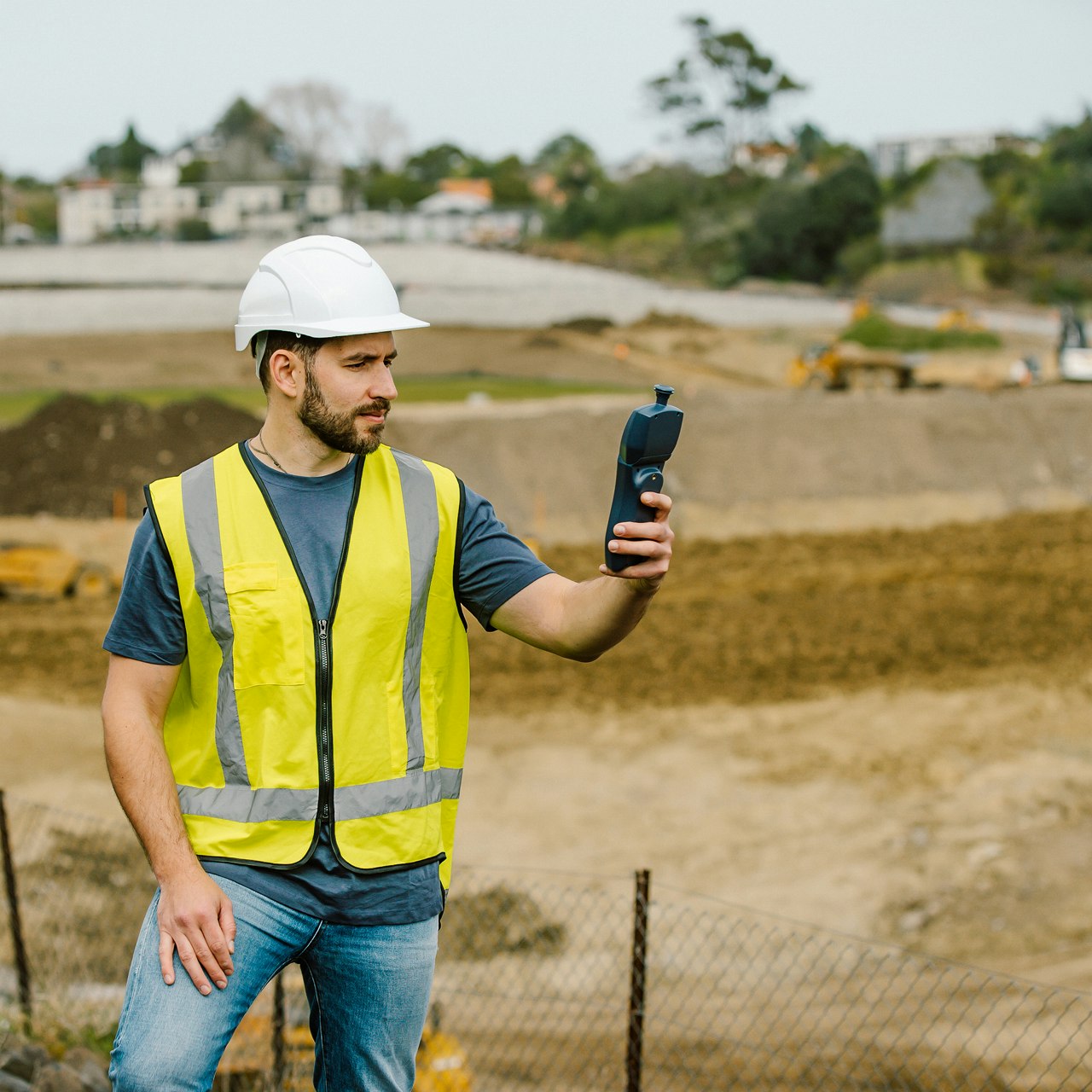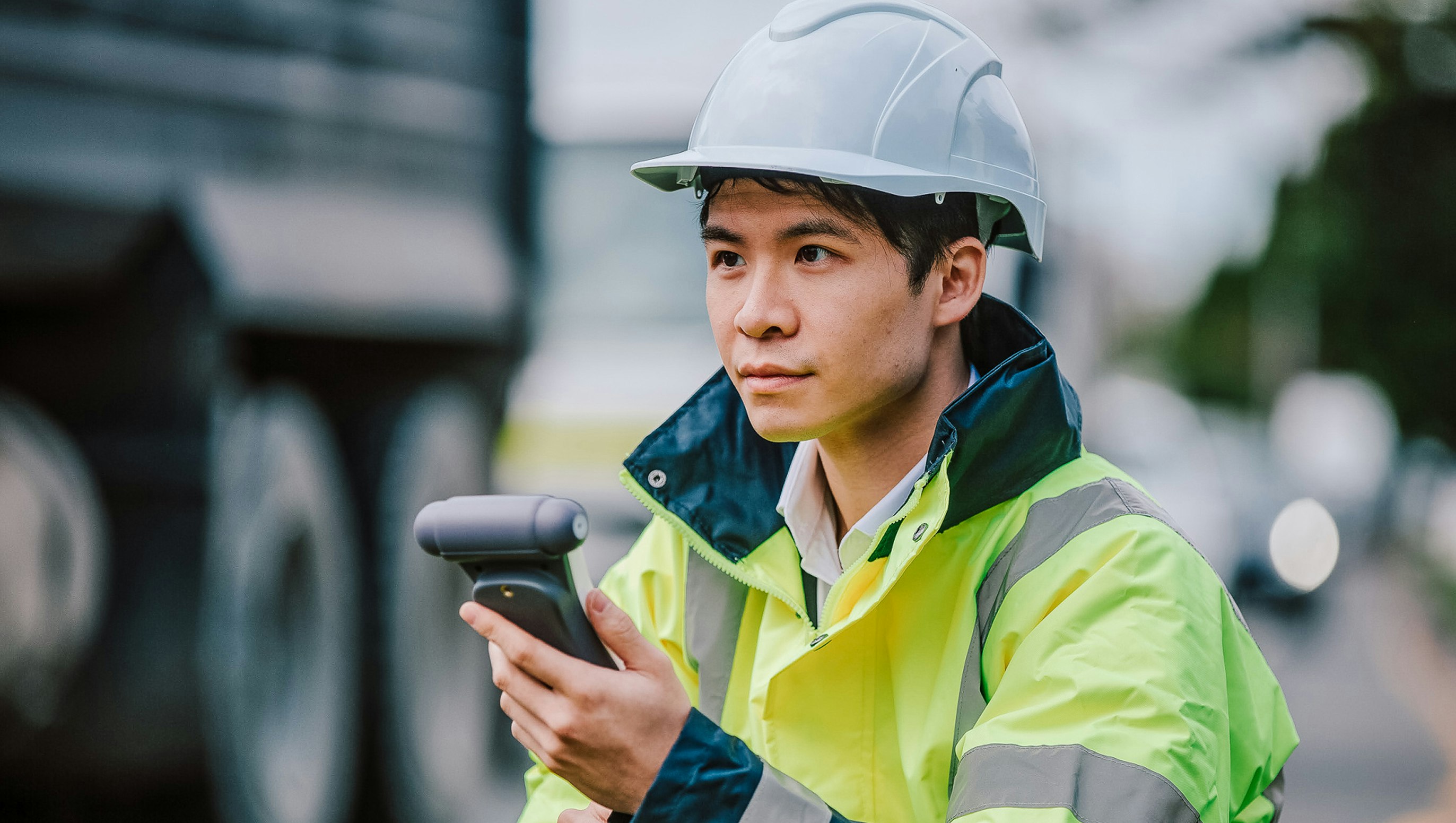Case Study
Monitoring air quality in Antarctica with Aeroqual Ranger
Aeroqual’s handheld Ranger was recently used to measure air quality throughout the Antarctic Peninsula as part of a STEMM leadership voyage.
Project Details
Project
Antarctica STEMM Leadership Voyage
Location
Antarctica
Date
2025
Services
Aeroqual Ranger
Measurements
NO2, CO2, PM2.5, PM10
Sector
Community
Measuring air quality throughout the Antarctic Peninsula
Kirsty Robinson, an environmental consultant and Technical Director at Mott MacDonald, wanted to gain a better understanding of air quality in Antarctica as part of a month-long Homeward Bound voyage on HB Transform. As the expedition’s resident air quality expert, alongside a global cohort of leading researchers and scientists, Kirsty set out to “measure NO2, PM10 and PM2.5 emissions to get an understanding of the impact of human activities on air quality in Antarctica.”
Of particular interest was the potential air quality impact of diesel-powered ships, with “diesel combustion expected to be a key anthropogenic source of air emissions in Antarctica, taking into account both tourism in the region and the operation of several research facilities.” The presence of active volcanoes, such as Deception Island, and their impact on CO2 levels was also a point of interest, along with the air quality impact of natural penguin waste on densely populated Paulet Island.
Project challenges
Scientific studies in Antarctica require special permits and are governed by a series of complex regulations, particularly the Antarctic Treaty System. Without such permits, as was the case while travelling as part of a leadership voyage, any activities undertaken in Antarctica must not take anything away or leave an impact on the pristine environment. The current avian flu epidemic added further restrictions, with participants required to minimise touching of rocks and surfaces, other than walking, and to avoid placing any equipment on the ground.
Even if fixed monitors were allowed, transferring large equipment while disembarking the small Zodiac boats used to reach the mainland would be extremely challenging. The unpredictable and extreme weather, combined with the rocky terrain, incentivizes the use of compact solutions to help mitigate safety concerns. While the remote location necessitates battery-powered solutions, the extreme cold can potentially have a negative impact on battery life.
Project outcome
The Ranger was successfully deployed throughout the voyage, navigating all potential challenges. As a lightweight, handheld solution, the Ranger “can be considered similar to a thermometer, as it’s not taking any samples away, it’s just taking a reading, so there’s no actual impact on the environment of Antarctica”.
Ultimately, the Ranger showed good air quality across the measured locations, aside from elevated particulate across the Drake Passage (expected to be predominantly caused by sea spray given the harsh conditions, including strong winds and four-metre swell).
Kirsty praised the Ranger’s battery life (despite the extreme cold) and ease of use, switching between sensor heads in the field “without having to lose that extra time turning it off and on, or making lengthy calibrations”. Along with gathering accurate data, “undertaking these measurements whilst surrounded by STEMM leaders from around the globe helped bring an understanding and exploration of air quality to the forefront of conversations on the voyage.” Kirsty considered the boost in air quality awareness that came from using the Ranger around her fellow STEMM leaders, “sparking unique conversations and ideas which wouldn’t have otherwise been explored”, to be a key positive outcome.
“The Ranger was compact, easy to use, and stood up to the Antarctic conditions. Having air quality be front of mind among the other participants on the voyage was a great outcome too.”
Kirsty Robinson
Technical Director, Mott MacDonald
Related products
Case Studies
Want to learn more?
If you’d like to know more about this case study, or to discuss your air monitoring requirements, please get in touch.




